Useful information for how to get to the Kolsai lakes outside of peak season. Includes tips for transport, accommodation and hiking between the Kolsai lake, Kazakhstan.
How to Save Money for Travel
Round the World Travel Itinerary
Best Shoes for Backpacking and Travel
Things to Do in Nicosia: The Last Divided Capital
Must-have Travel Accessories for Packing Light
Celebrating Christmas in New Zealand
Celebrating Christmas in New Zealand
After three years in Europe I finally managed to combine the time and money to get home for a New Zealand Christmas. Of course there's the excitement of being with my own family rather than an adoptive one for Christmas day. But Christmas in New Zealand really has its own vibe that can be very hard for Europeans to understand.
For a start there's the season thing, it's the middle of summer so the activities around this time of year are very different to the snowy festivities of the Northern Hemisphere such as the German Christmas Markets and the huge events surrounding Christmas in London. But having spent the Christmas season in a few other countries I've noticed that a New Zealand Christmas has its own traditions, foods and atmosphere that makes it a unique experience.
So for all those people who ask me 'what's Christmas like in New Zealand?', here are all the ingredients for an epic Kiwi Christmas!
Clothing for New Zealand Christmas
Firstly, the correct attire must be worn, namely jandals and shorts. Even if the weather is not living up to the summer time expectations, a certain level of optimism is adhered to. Jandals (known as flipflops to the rest of the world) may be replaced by bare feet but any type of covered shoe ruins the Christmas vibe. Note for Germans: don't you dare try adding socks to this mix!
New Zealand Christmas Activities
Christmas in New Zealand - Me and my brothers circa. 2003
A staple present received in the 'Santa Sacks' is a water gun or a pack of water bombs. Cue the Christmas day water fight. This great battle is usually governed by two rules: 1. If you're wetting people, be prepared to get wet. 2. No water in the house. Beware of stray water guns throughout the rest of the day, the battle is never over.
Another classic activity is the Annual Family Backyard Cricket tournament. For those of you unfamiliar with cricket, it's a game that involves throwing a ball at some sticks and someone hitting the ball away with a bat. Perfect for three or more players this game can keep all the cousins occupied while the lunch is being prepared. Which brings us on to...
New Zealand Christmas Food
Every family has their own spin on Christmas lunch but many families take the opportunity to cook outside and have a barbecue or a hangi. A barbecue is pretty self-explanatory but a hangi is something you'll find only in New Zealand. Traditionally the way Maori (the native people of New Zealand) cooked this is still a popular method for delicious meat and vegetables if you have a spare day!
A fire is lit inside a hole and used to heat rocks. The food is wrapped (traditionally in leaves, these days in tin foil) and buried under the earth for 3-4 hours. This results in tender meat and smokey vegetables for the whole whanau (family).
For dessert there's a classic KIWI dish called Pavlova (I emphasise this for all the Aussie readers who may be under the illusion that it comes from Australia). It's basically a large meringue but soft and fluffy on the inside. Notoriously difficult to bake to perfection, there is usually one dedicated family member who takes on this daunting task. This dessert is traditionally decorated with whipped cream, strawberries and kiwi fruit, which also make for a great disguise of any baking faux pas.
Entertainment
I believe this stems from a British tradition but it is firmly implanted in my memories of Christmas day. Some time during the present giving there appears a box of Christmas crackers which are pulled between two. The winner is the person who gets the bigger half and gets to keep the glorious prizes enclosed. These prizes vary with the quality of the crackers but you can be guaranteed to get the following; a small toy or game, a joke (to read aloud and cringe at) and a paper crown which must be worn throughout the rest of the day.
New Zealand Christmas Tree
Yes, we do have traditional Christmas trees in New Zealand and kids decorate them with baubles, lights and angels. But New Zealand has its own Christmas tree that is far more beautiful. The Pohutukawa tree is a self-decorating festive tree which blooms with beautiful red flowers around Christmas time. The green tree covered in red flowers fills the streets and gardens around New Zealand giving the ultimate summer Christmas feel.
New Zealand Christmas Songs
We still sing Jingle Bells and the other classics but we have a couple of our own.. ok,one. It's called 'Christmas on the Beach' and it's brilliant. Enjoy!
Another modern take is the recent Air NZ commercial featuring Ronan Keating and Julian Dennison. It's 'Summer Wonderland'.
So if you are backpacking New Zealand over the summer make sure to find yourself a kiwi family to enjoy Christmas with and partake in some of the weird and wonderful parts of a New Zealand Christmas.
If you need some ideas for Christmas gifts check out these useful gifts for backpackers.
you might also like…
Incredible Libraries of the World
For a lover of books and travel what could be a better activity than visiting libraries around the world?! From beautiful old libraries to modern buildings there are so many worth seeing and they are usually free to go into. While I don't always sit and read, the feeling of walking through large rooms filled with books is enough to satisfy my inner bookworm. So, in no particular order, here are some incredible libraries I have visited around the world!
A little hard to find among the sprawling buildings of the university but when you do it is worth it. There are mixed reviews about which parts you can go into as a member of the public but we managed to find a friendly librarian who took us on our own little tour (free of charge). The highlight was the Aula Magna, a beautiful room lined with books from floor to ceiling with globes standing next to wooden reading desks and ladders leading to the higher shelves.
The New York Public Library is free to enter and has brilliant hallways to walk through as well as stunning reading rooms. In the children's section you can see the soft toys which inspired the characters of Winnie the Pooh. There is also a great shop with lots of book related gifts.
National and University Library, Ljubljana, Slovenia
The reading room of the National and University library, Ljubljana is only open at certain times as it is still used as a study room for university students. It costs €2 to enter and is a really beautiful old reading room. The rest of the library and exhibitions are free to enter.
Jose Marti Provincial Public Library, Santa Clara, Cuba
Technically not a tourist attraction, we found ourselves invited inside for a tour with the security guard and a Danish family we had met a few days earlier. The place was closed for the day but usually functions as a public library. To me it looked more like a museum set up to show what libraries looked like 50 years ago. Huge wooden book shelves, two ancient computers and a paper system for categorizing and checking out books. One wall was painted with a giant mural of Mother Earth. Although it had a bit of a ghost-town feel this was an interesting experience and very different to most other libraries I've experienced.
Duchess Anna Amalia Library, Weimar, Germany
This is an amazing library with a very interesting history. Entrance is limited to 290 people per day and costs €7.50. We went in the morning and got in without an issue. There was an audio guide available in many languages and is free. It explained to us about the history of the library and how lots of it was lost in a fire in 2004. There are videos and exhibits showing the painstaking process of restoring both the library and many of the priceless books.
Library of Alexandria, Egypt
If you're like me this name conjures up images of an ancient library filled with scrolls. However, this is a brand new building built in 2002 to commemorate its namesake which was destroyed in a fire. Entrance to the library is around €5 and cheaper for students (Egyptians are free). The building includes an impressive collection of books in a large reading room. There are also several other rooms and a shop. Downstairs there is an exhibition hall with a collection of ancient artefacts, this costs extra, The best view of the library (in my opinion) is from the outside where you can clearly see the amazing architecture of the building.
National Library of Kosovo, Pristina, Kosovo
This was named one of the worlds ugliest buildings and the architecture sure is interesting. But it's a cool place to see. It's free to enter and is quite small. But there are some historic photos on the walls and nice architecture inside. It's definitely one of the more novel libraries I've visited.
Trinity College Library, Dublin, Ireland
This is the first library that will come up in most amazing libraries bucketlists. It's an incredible place and should be number one on your list of things to do in Dublin. You can walk through the amazing library rooms and see The Book of Kells. Entrance costs €10.
you might also like…
German Christmas Markets: Things to Try
The Long Route Home: Hitchhiking in the UK and Europe
Our adventure began with an incredibly silly mistake on our part. We had just spent a wonderful week visiting friends and experiencing the Edinburgh Fringe and were all checked in and waiting at the gate for our flight home to Frankfurt. And that's as far as we got...
For some unknown reason we sat and talked our way through the boarding and closing of our flight. After pleading with the staff and being given a resounding 'no' we sat and came to terms with our dilemma. Either we could pay over €100 each for a new flight in two days time or find another way home. Buses and trains were extremely long and expensive so we opted for the cheapest way we could think of: hitchhiking.
Neither of us had really hitchhiked before and didn't know a lot about it but after some reading up, route planning and sign making we were ready to hit the road! We weren't expecting to get very far but set our sights on London where we could easily find another way home. But we were so overwhelmed by the generosity and friendliness of British drivers that we continued our adventure across the channel and into Europe.
uk-europe-hitchhiking-2
Trip Stats
Time: Four days
Rides: 16
Average wait time: 30mins
Money spent: €85 (food and accommodation)
Longest ride: Dover to Holland
Highlight: Hitchhiking out of the centre of London because we didn't want to pay the ridiculous public transport prices.
Lowlight: Being dropped in a small Dutch town after dark and having to find affordable accommodation for the night.
Everyone we rode with, from a friendly Scottish salesman to family of Iranian women who spoke no English, was just a kind person heading in the same direction. One man drove us from Belgium to Germany because it was his day off and he had some spare time! At no point did we feel threatened or in danger. We never needed to wait long and managed to visit some friends along the way as well as making new ones. Definitely a mode of transport I would use again!
uk-europe-hitchhiking
Tips for Hitchhiking in the UK and Europe
Travel in twos. This is a basic safety tip but also makes you seem more sociable and approachable to potential rides.
Travel light. It much easier to fit in a car or jump in quickly if you only have small bags. Lots of people will drive past if you have lots of gear as they can't be bothered with the hassle of packing the car.
Have a sign. We held up a sign with the name of the next town or just the direction we were heading. This got drivers attention and meant they knew straight away if they could help or not.
Stand in a logical place. Stand so drivers have enough time to see you, read your sign and pull over. Standing near a corner or where there is no possibility to pull in will mean you won't get anywhere far!
Have a map. Obviously not a literal one but at least an app you can rely on if someone drops you in the middle of nowhere and you need to see how far it is to the next town.
Be flexible. The great thing about our trip was that we were in no hurry to get home so were happy to travel in short bursts. Because of the nature of hitchhiking you can never plan how long it will take or how far you'll get each day so be open!
Pack snacks. You never know when you'll be standing with your thumb out for 2 hours and get hangry at each other!
Try reading up on hitchwiki about the place you're hitching from.
Enjoy the ride. Make the most of getting to chat to some new and interesting people. And don't forget to be grateful.
Note: Crossing from France to England is best done with the ferry as cars pay per vehicle rather than per person. We were picked up at the petrol station before the ferry terminal and got onboard without any issues.
Is It Worth Buying a Camera for Travel? Sony Alpha a5000 Review
Five Amazing Things to do in Egypt!
7 Free Things to do in NYC
Travelling Europe on a Budget
Books From Far Away Lands
When I can't be off exploring other countries I like to read about them. My favourite places to read about are ones that might not necessarily be high on my travel list but fully immerse you in a foreign way of life and introduce you to new cultures and traditions. Here are a few honourable mentions to take you away from the every day!
Click on any of the books for more info or if you're like me and want to buy them straight away!
Anything by Khaled Housseni


These books are all brilliantly written stories about children in Afganistan. All three of them got me properly emotionally involved and gave me an interesting insight into life in Afganistan pre and post the Taliban regime. I would start with 'The Kite Runner'.
Half of a Yellow Sun - Chimamanda Ngozi Adichie


A novel set during the Biafran War in Nigeria. The characters were so intriguing and entertaining. This was also a part of history I knew very little about so I enjoyed learning about it through the eyes of characters I found believable and likeable. I was hooked by the changes in perspective and time throughout the book.
Shantaram- Gregory David Roberts


I have always wanted to go to India and reading this book only strengthened that feeling. It is based on the true story of an escaped Australian prisoner who finds himself living in a slum in Bombay. It is a mammoth read (nearly 1000 pages) but keeps you entertained and enthralled throughout. There is a deeper philosophical side which you can choose to engage properly in or stick the surface of the story telling.
Sweetness in the Belly- Camilla Gibb


This book bounces between 1980s Britain and 1970s Ethiopia to tell the tale of a white Muslim nurse who grew up in Africa. When she returns to the UK she bonds with Ethiopian refugees and together they find new meanings for 'family' and 'home'. This book is well-written and very easy to read and enjoy.
The Angel of Grozny- Asne Seierstad


I've just ordered the third book by this author as I find her books so interesting and eye-opening. Seierstad is a Norwegian journalist who travels to war zones to report on real-life stories of people living there. This book is set in Chechnya and tells the story of woman who takes in children who have been lost or orphaned by the conflict with Russia. It also tells the children's stories and gives some history into the war and how it developed. Her other books 'The Bookseller of Kabul' and 'With Their Backs to the World' cover the conflicts in Afganistan and Kosovo.
Without You, There Is No Us- Suki Kim


This book is written by a Korean-American who goes to teach English in North Korea. She compiles notes in secret and uses the information she gathers to give an amazing insight into a country most people will never have anything to do with. I found it both mind blowing and though provoking to learn about how people brought up in such a regime act.
Lion (A Long Way Home) - Saroo Brierley


The true story of a six year old boy who gets lost on a train in India and finds his way to Calcutta where he lives on the streets. He ends up being adopted by an Australian family. This is the story of how he got lost and how he spent many years trying to find his family again. It is now a movie too.
Three Cups of Tea- David Oliver Relin


I hesitated about recommending this book due to the controversy surrounding it but decided to do it because I found it so inspiring. The true story of an American climber who finds himself in a small Pakistani village after getting lost on a mountain. He vows to help the people of the village by building a school. Not only does he fulfil this promise but also goes on to build many other schools in the neighbouring villages. There is debate as to the truth behind his original story and the use of the money his charity raised. But looking past that, this book really hit home when talking about the importance of education, particularly for girls. I was inspired to look for ways Max and I could help similar causes during our travels.
This post contains affiliate links. This means if you buy something through one of the links, I will make a small commission. This doesn't cost you any extra. Thanks for your support!
Meet Our Van- Morrison!
Sitting in a hotel room in a small German town, less than one week back in the country since my trip to Central America and only 2 days after booking flights to NYC, Max and I decided we wanted to purchase a camper van. Not a big one with a kitchen and electricity but a converted delivery van with just the basics for sleeping in (on the side of the road without being noticed). We were inspired by one for sale on a facebook page connecting NZers in Germany and after a bit of research decided it would be a pretty economical, flexible and fun way to travel through Europe for the first part of our big adventure next year.
After further research we found that the van for sale was a decent model and had been well-built up to be stayed in for long periods. We messaged the guy and agreed to take a trip up to Hamburg the following weekend to check it out. The van came with everything we could possibly need (including a book collection, lego figures and a toaster) and despite a dent and a little surface rust, we fell in love with it.
Max engaged in some excellent bargaining with the owner and we drove away with what we felt was a great deal and a new home! Over the next few days we (well more Max) managed to negotiate the complex system of vehicle registration and insurance in Germany and with shiny new number plates we were ready to roll.
Key Features of the Van
Large double mattress
End of the mattress folds up to be a table.
Side shelf and fold out shelf which also works as a small table.
Front seats swivel 180 degrees to face the big table.
No side windows so it is private and looks like an ordinary van from the outside. Perfect for wild camping!
Sliding doors on both sides
Awesome retro curtain from Max's grandmother's house across the back window.
Apple crates which slide under the bed for storage.
Small camping stove, pots, pans etc
Tarpaulin which can be attached to the side of the van and then neighbouring trees for extra sheltered space.
After living in the van for 3 months now we can safely say we made a good investment. It's the perfect size for 2 people while still being not much larger than a normal car. It's very easy to park and we can easily free camp even in cities as we just look like a parked vehicle rather than a camper. We did pretty well at stocking up with all the vanlife essentials before we left Germany and besides a new battery (eek!) Morrison has made it thus far without any problems.
Solo Travel in Europe
Getting into Russia- Invitation Letters, Visas and Registration
Why Russia Should Be Next On Your Travel List
Russia was one the places I enjoyed the most this year. We went without many expectations and were pleasantly surprised at every turn by this incredible country. Also read our practical information about visas.
1. The Architecture
Almost everywhere you look in Russia there are buildings on a grand scale, beautifully designed and often unused. Of course there are the well-known ones such as St Basil’s Cathedral, The Kremlin and the Winter Palace which are all spectacular. But walking around the cities you will constantly come across incredible buildings and monuments that may look like they could house a king but are of very little significance. For some interesting buildings head to the parks surrounding the Space Museum in Moscow, the Izmailovsky market or the Moskovsky district of St Petersburg. And the best part about it is buildings are almost always free to look at!
2. The Moscow Metro
Worth a day trip in itself the Moscow Metro is extremely efficient, cheap, always busy and spectacular to look at. Every station is designed like the entrance to a museum or the lobby of grand hotel. From stunning mosaics and stained glass windows to Lenin monuments and rows of statues, there is something different to see at every stop. We spent an enjoyable day hopping between stations and being wowed by each one. A ticket for the metro costs about 50c and if you don’t go out of the station you can ride around all day on one ticket. This makes for a pretty affordable day out and a very different activity to most other cities.
3. The Price
Having heard Russia was reasonably expensive we were pleasantly surprised with how much we were able to stick to a budget. Our top savings were on transport and accommodation. As mentioned before the metro is only 50c and with huge distances between stations you will need to use it. We booked our accommodation through booking.com and paid less than €20 a night for a private double in a basic but clean hostel-style place with easy transport access to Moscow city centre.
We also couch-surfed for a few nights which saved some money and our hosts showed us some less touristed parts of St Petersburg. Food could be found for very decent prices and often the chains provided cheap, authentic Russian food. We loved the buffet on the top floor of the G.U.M shopping centre. We also took a free walking tour which was a great way to get to know the city! One of our biggest expenses was the visa which you can read about here.
4. The Culture Difference
Something I particularly enjoyed about Russia was the way it felt both familiar and foreign at the same time. Moscow had the safety and convenience of a modern European city. However, hardly anyone spoke English and all the signs (including the Metro) and menus were all in Russian which made it feel much more adventurous and exciting.
The cities looked very different to what you would see elsewhere in Europe but it was always easy to find shops and restaurants. The people were very friendly and despite it being winter there were lots of people out and about. I didn’t know a lot about Russian culture before going there so really enjoyed staying with some local people and getting a feel for this immense and interesting country.
russia-syrniki
5. The Hermitage Museum
Yes, I’m putting a major tourist attraction on my list and trust me, I was hesitant about even going there but all the reviews raved about it and it was one of my parents’ highlights of their Russian trip 27 years ago. And boy am I glad we went! We chose to go a bit later on a Wednesday as it is open until 9pm and it is supposedly a bit quieter. We went at 5pm expecting to be out an hour or so later, not being big museum people. But we rolled out with the last visitors at closing time feeling utterly awestruck and exhausted.
This incredible museum is one of the world’s oldest and largest. Housed in a stunning building known as ‘The Winter Palace’ we were often more amazed by the rooms things were kept in than the things themselves. The museum houses everything from fossils and mummies to the largest collection of paintings in the world. Go on the first Thursday of the month for free entrance!
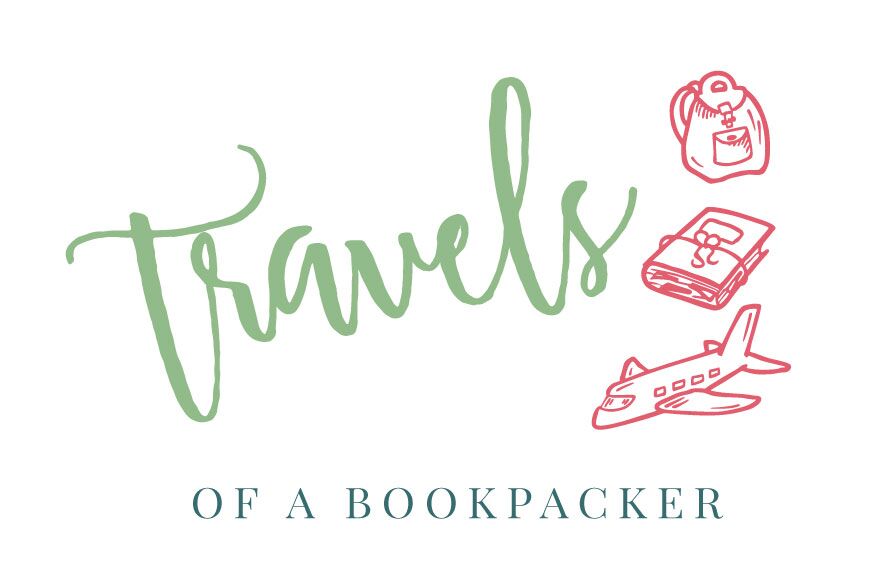






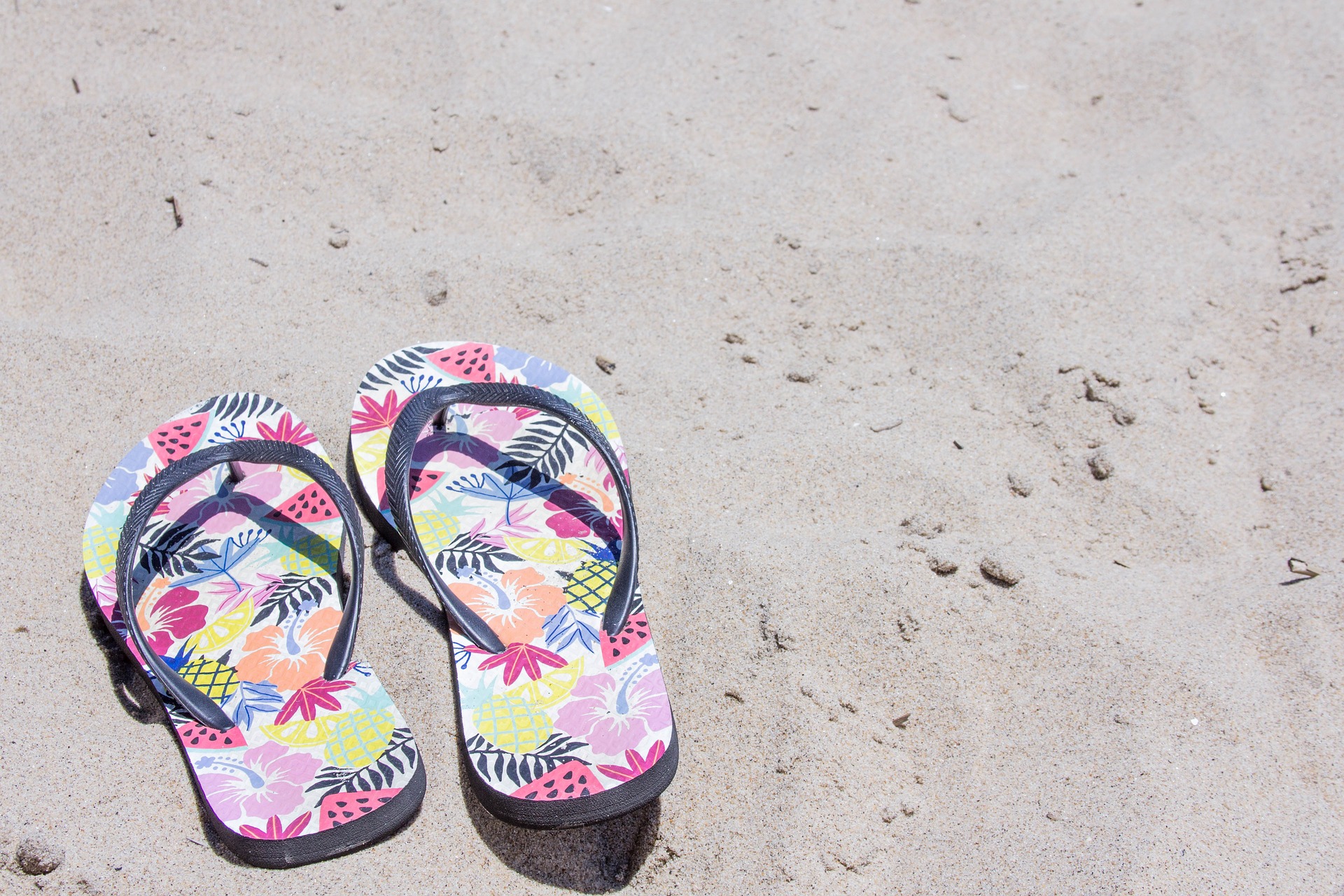









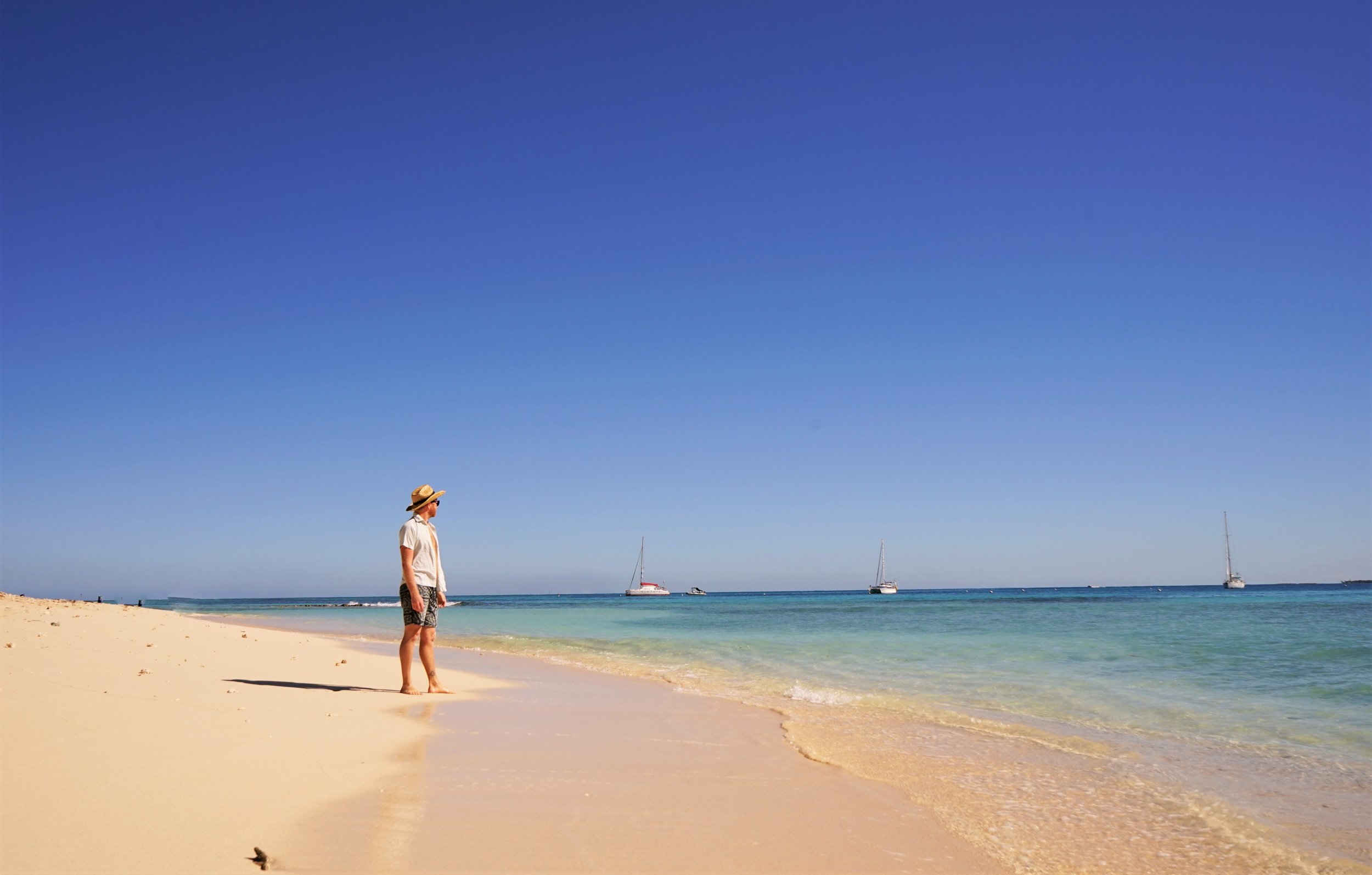
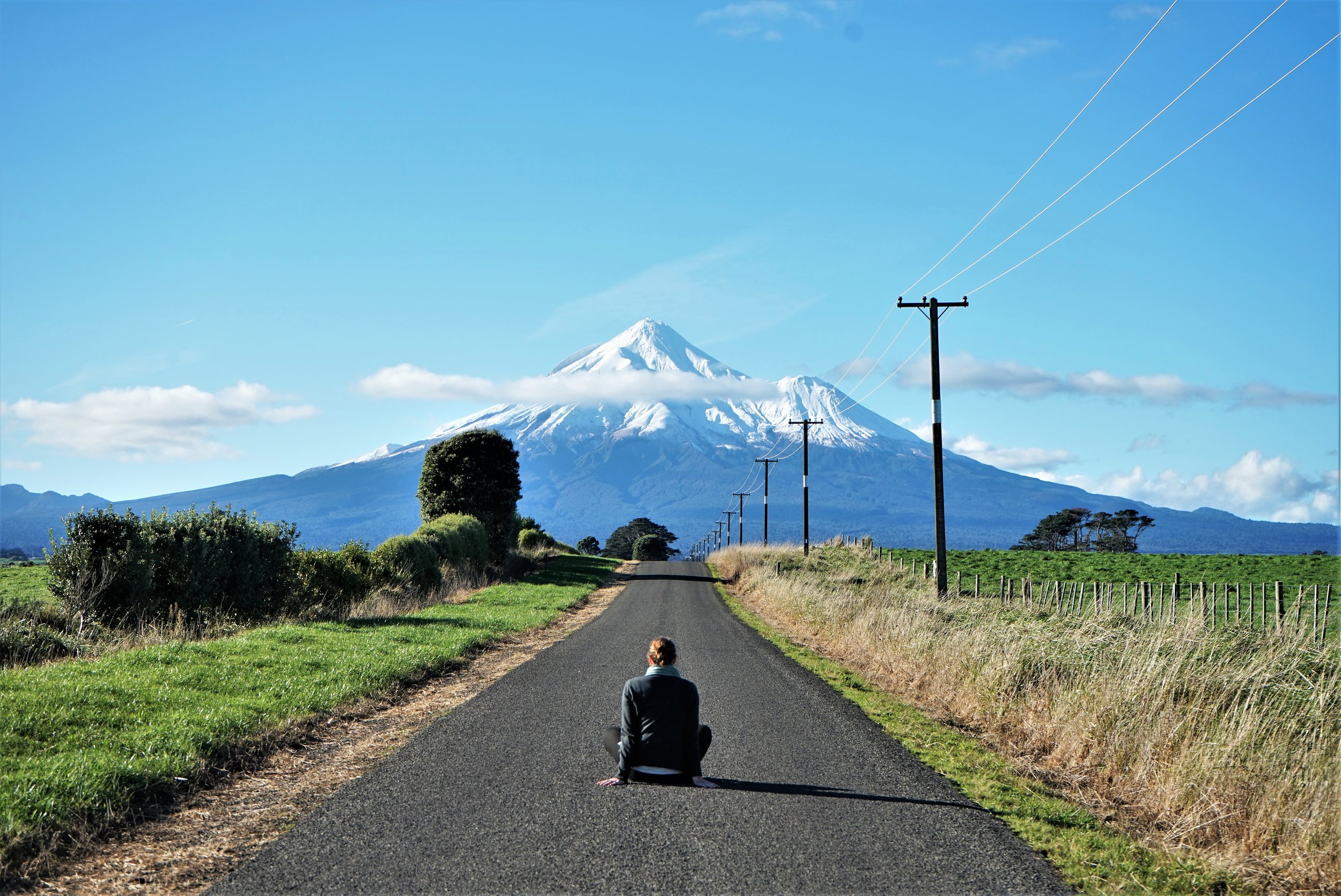
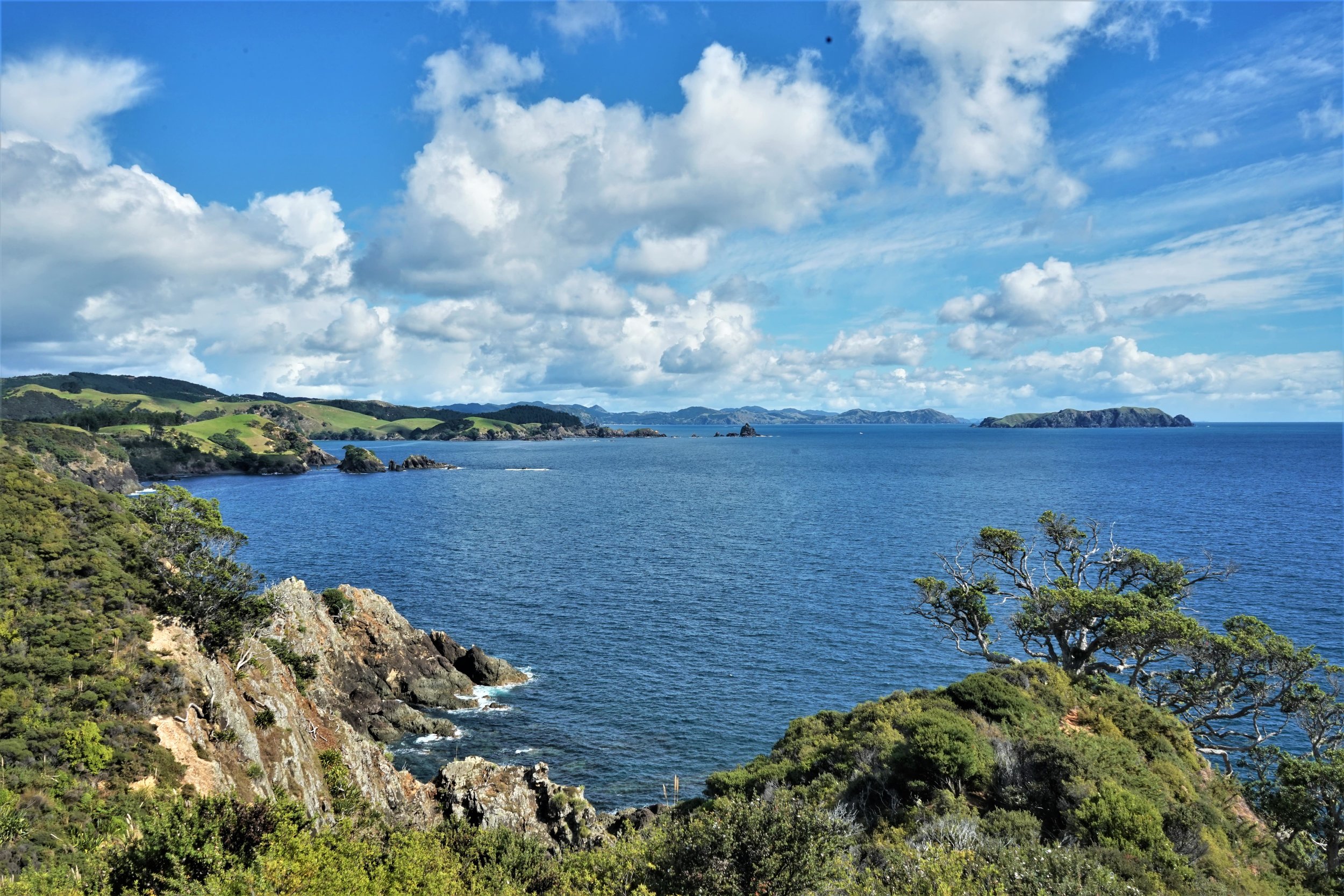



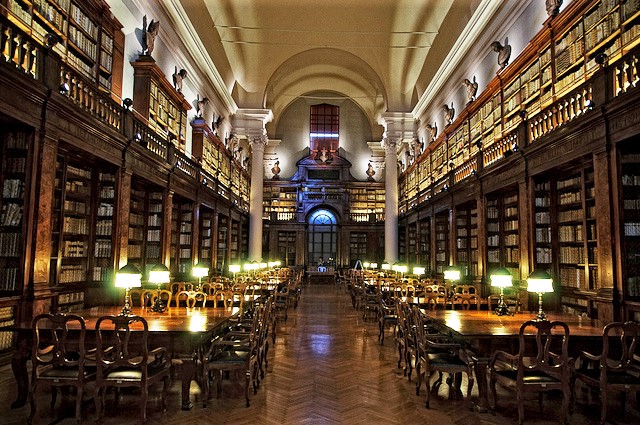
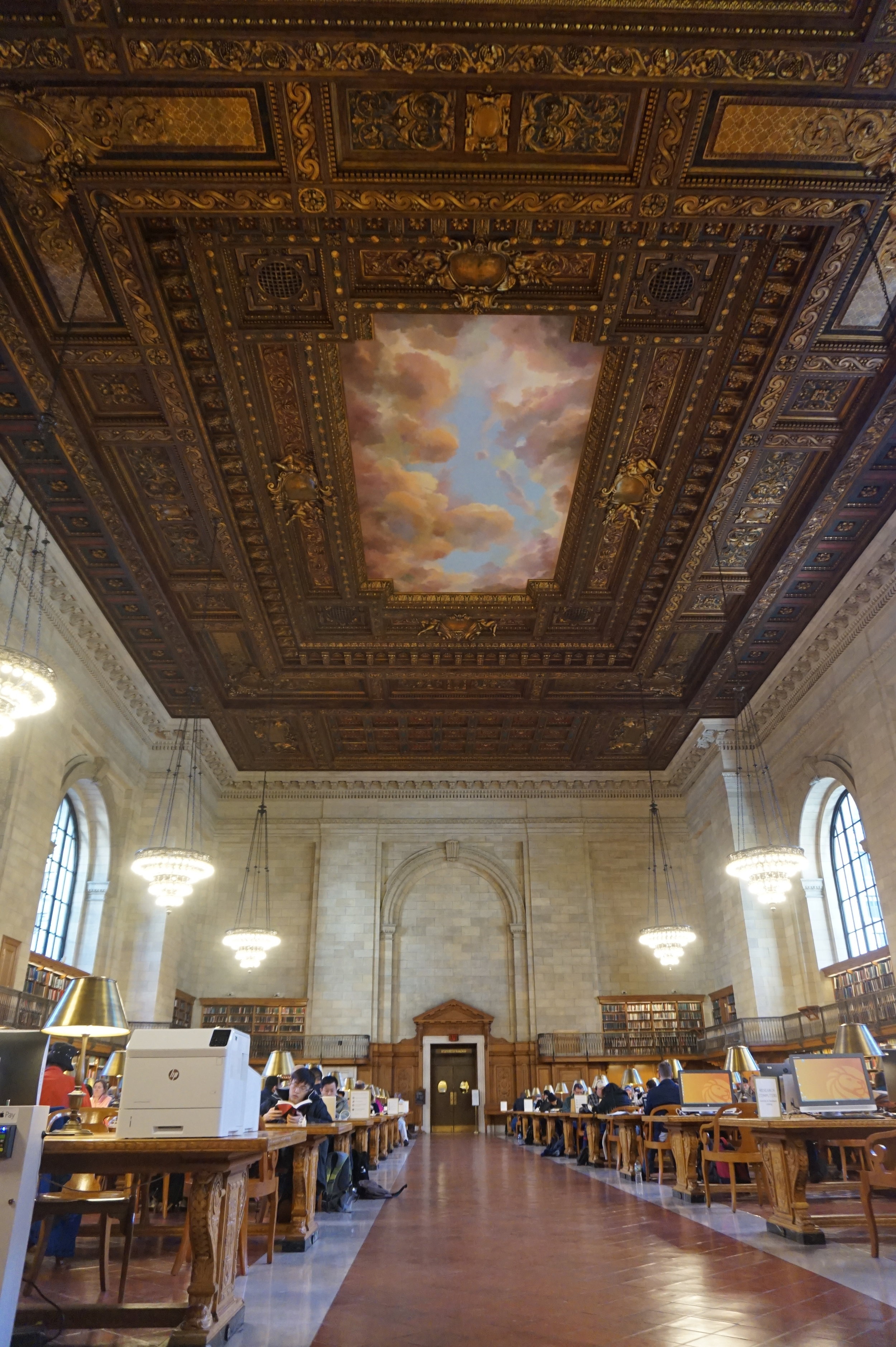
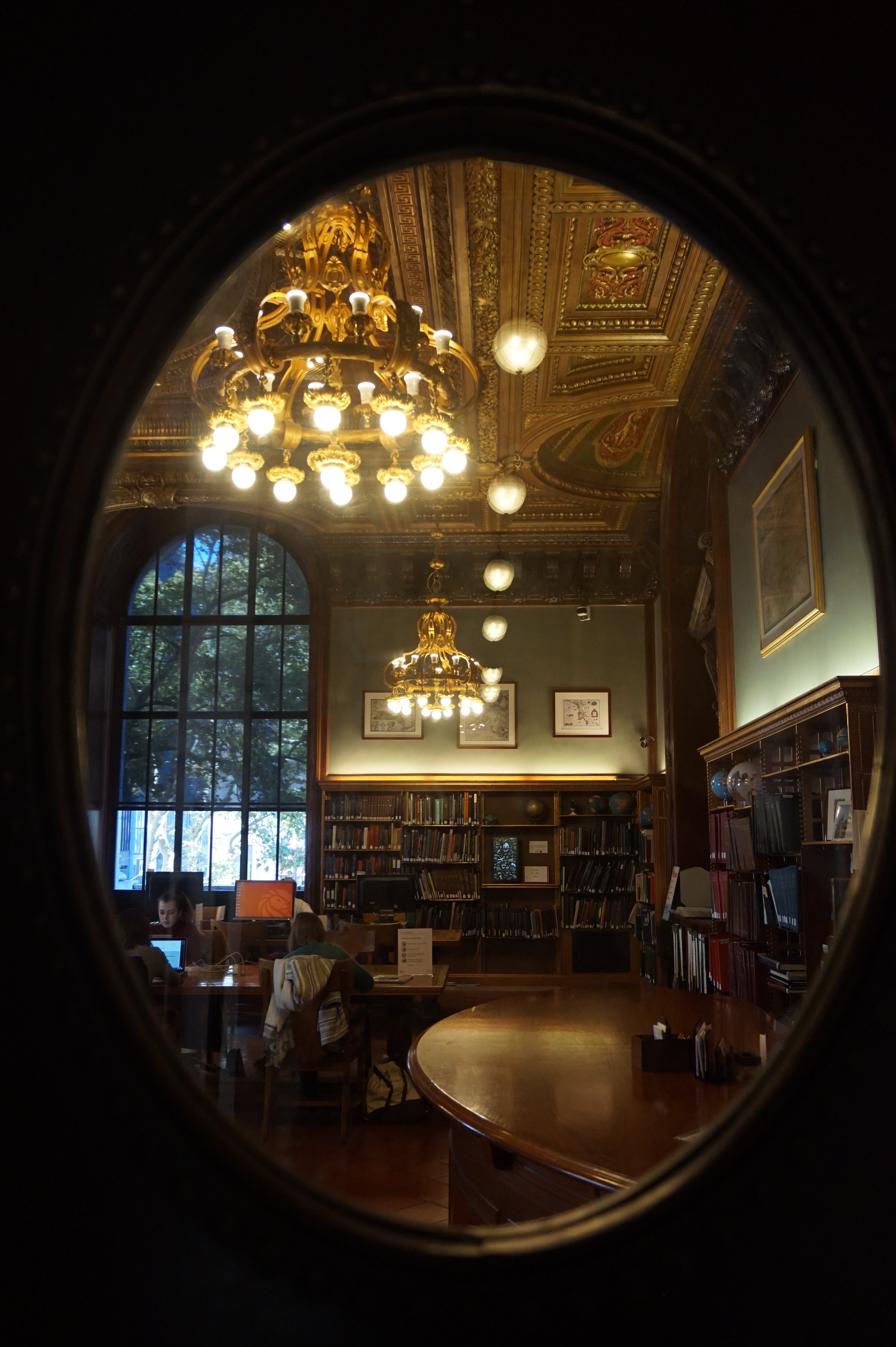
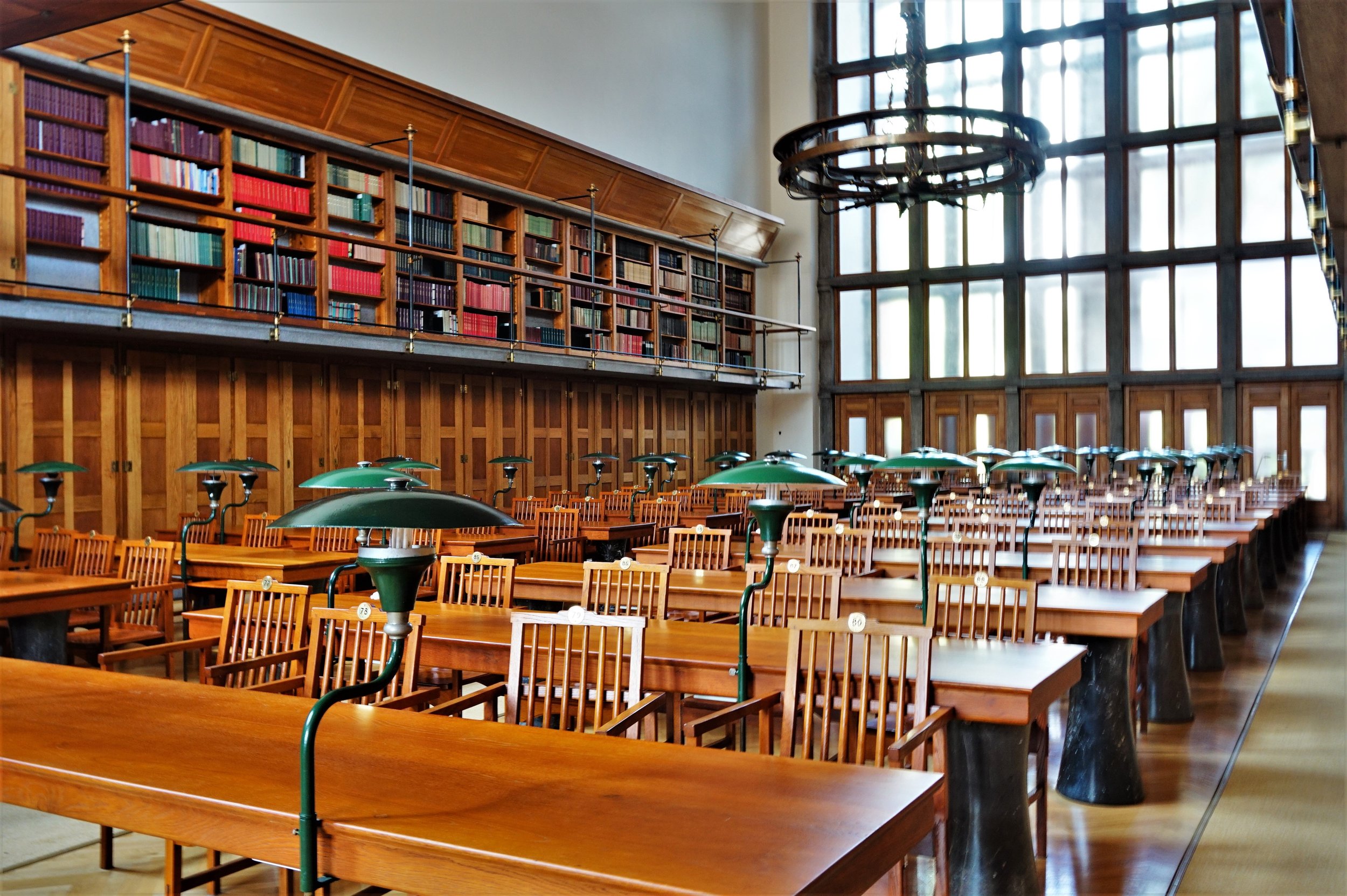
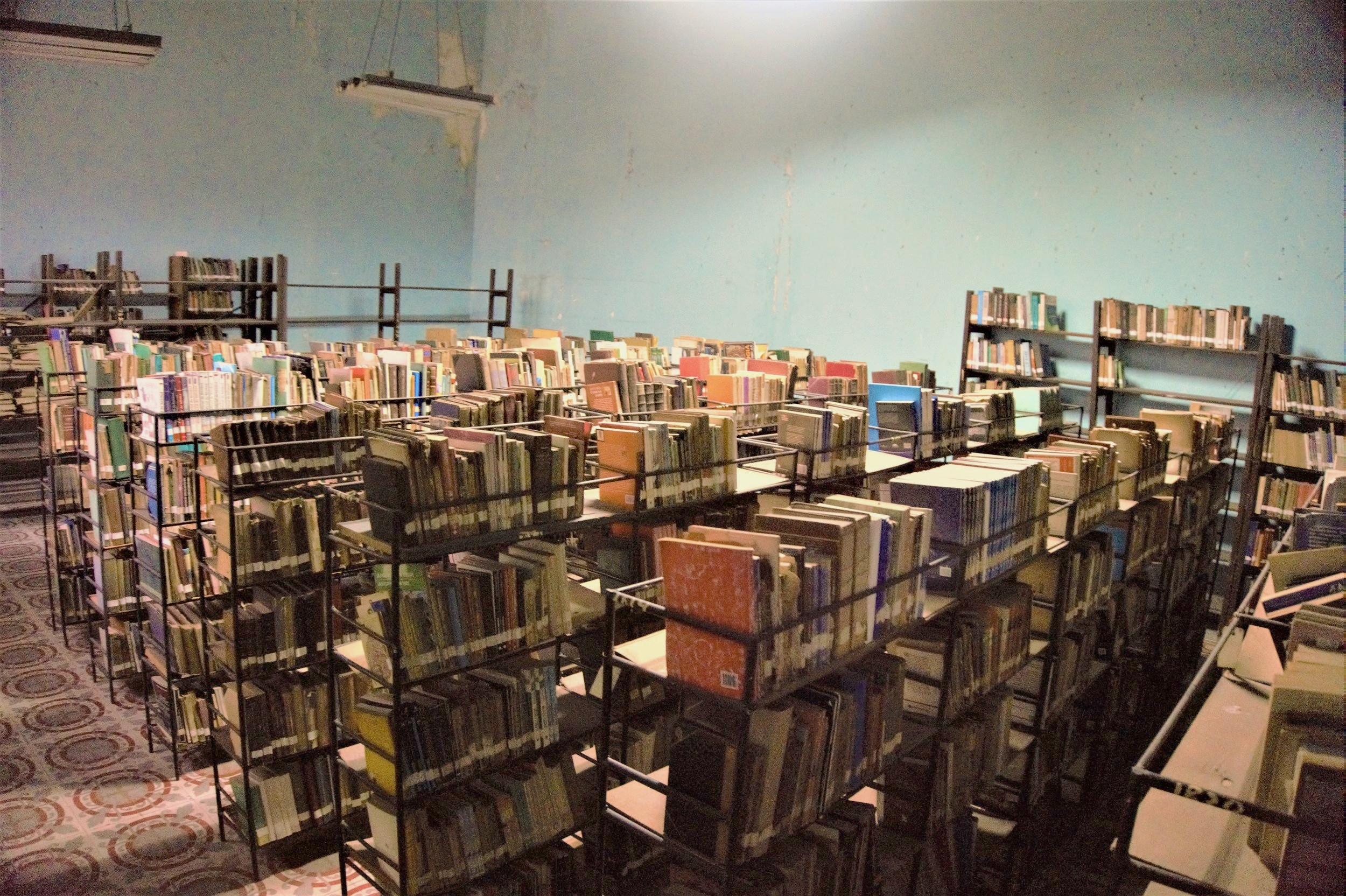

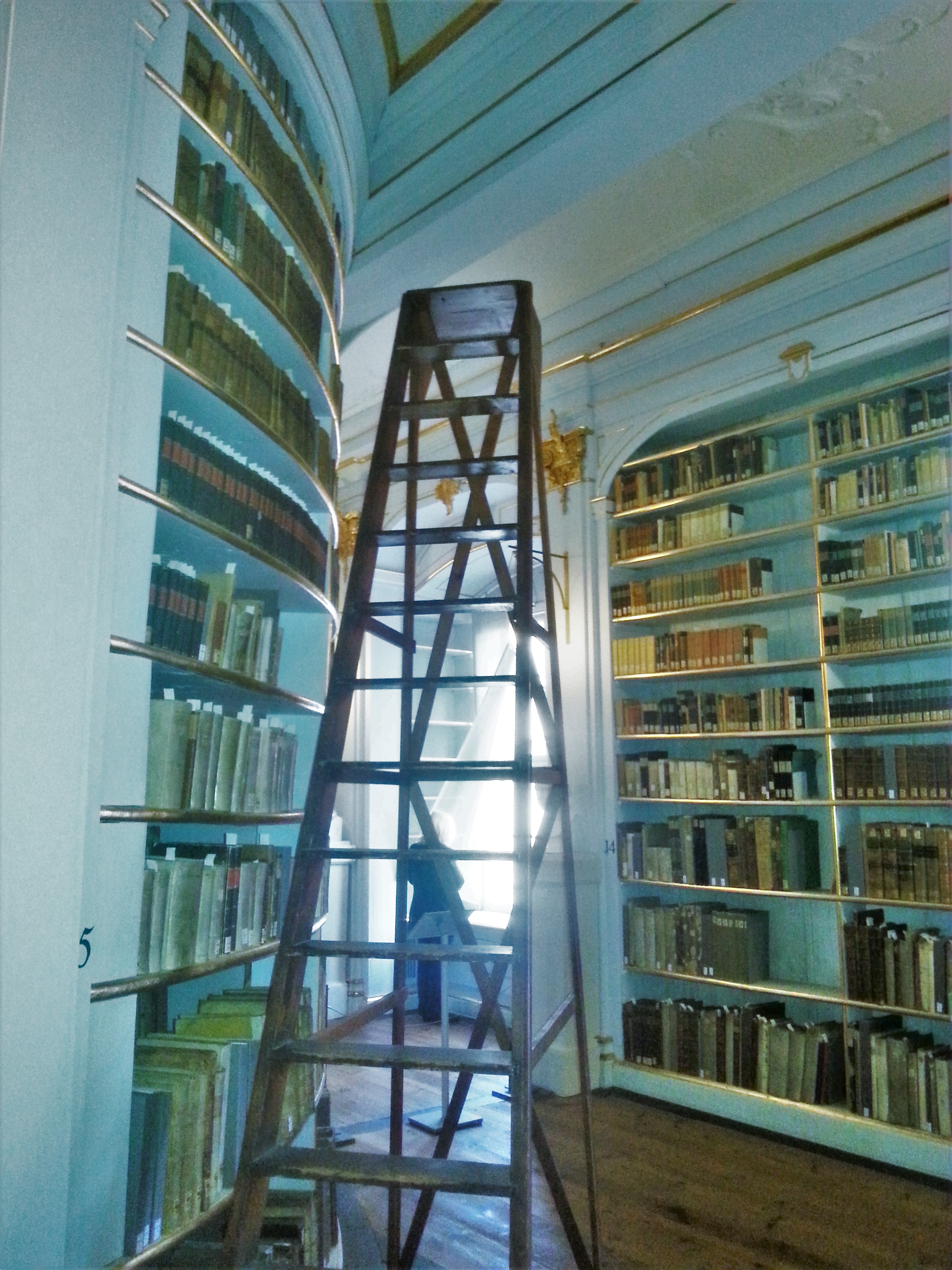
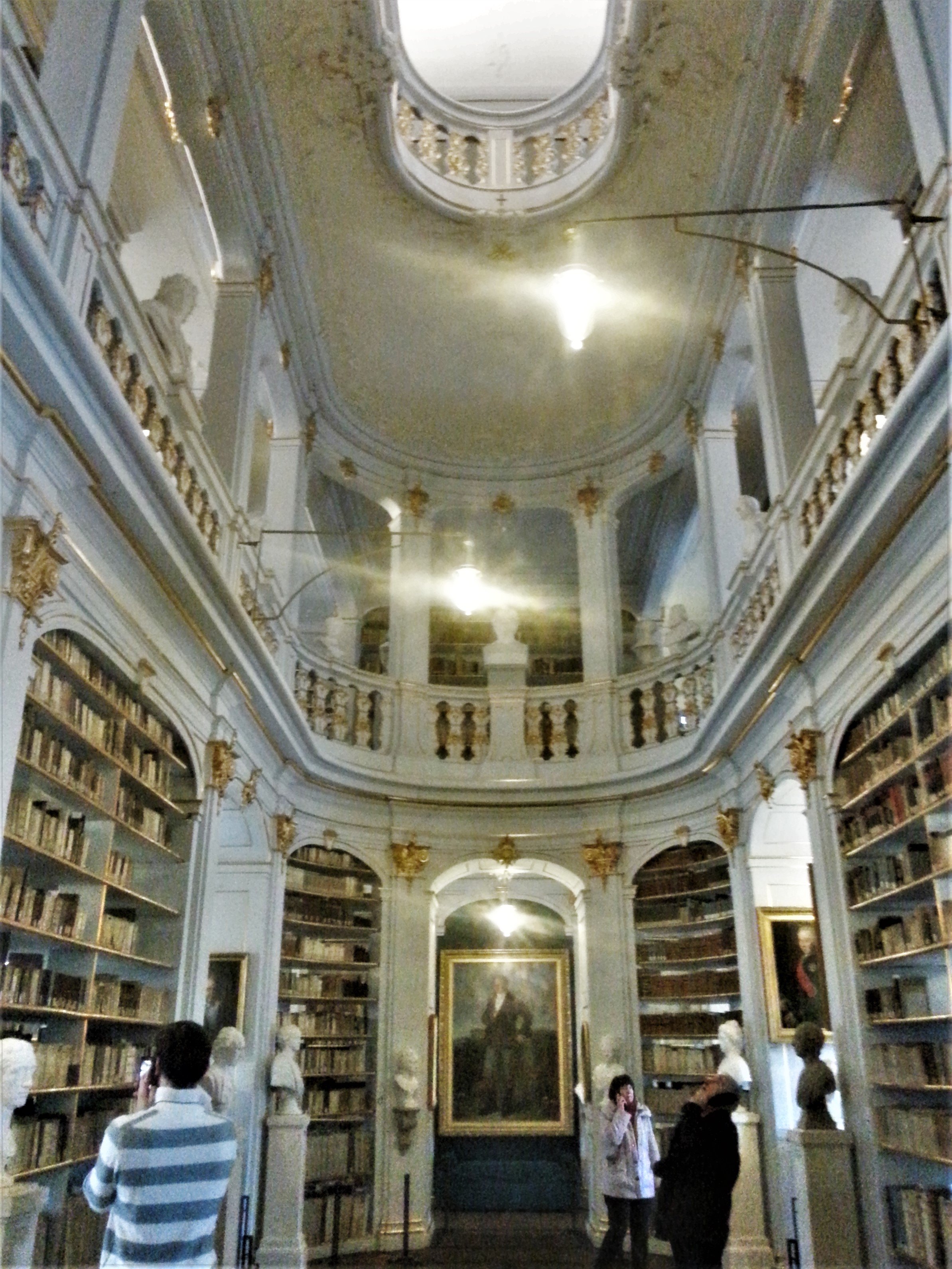
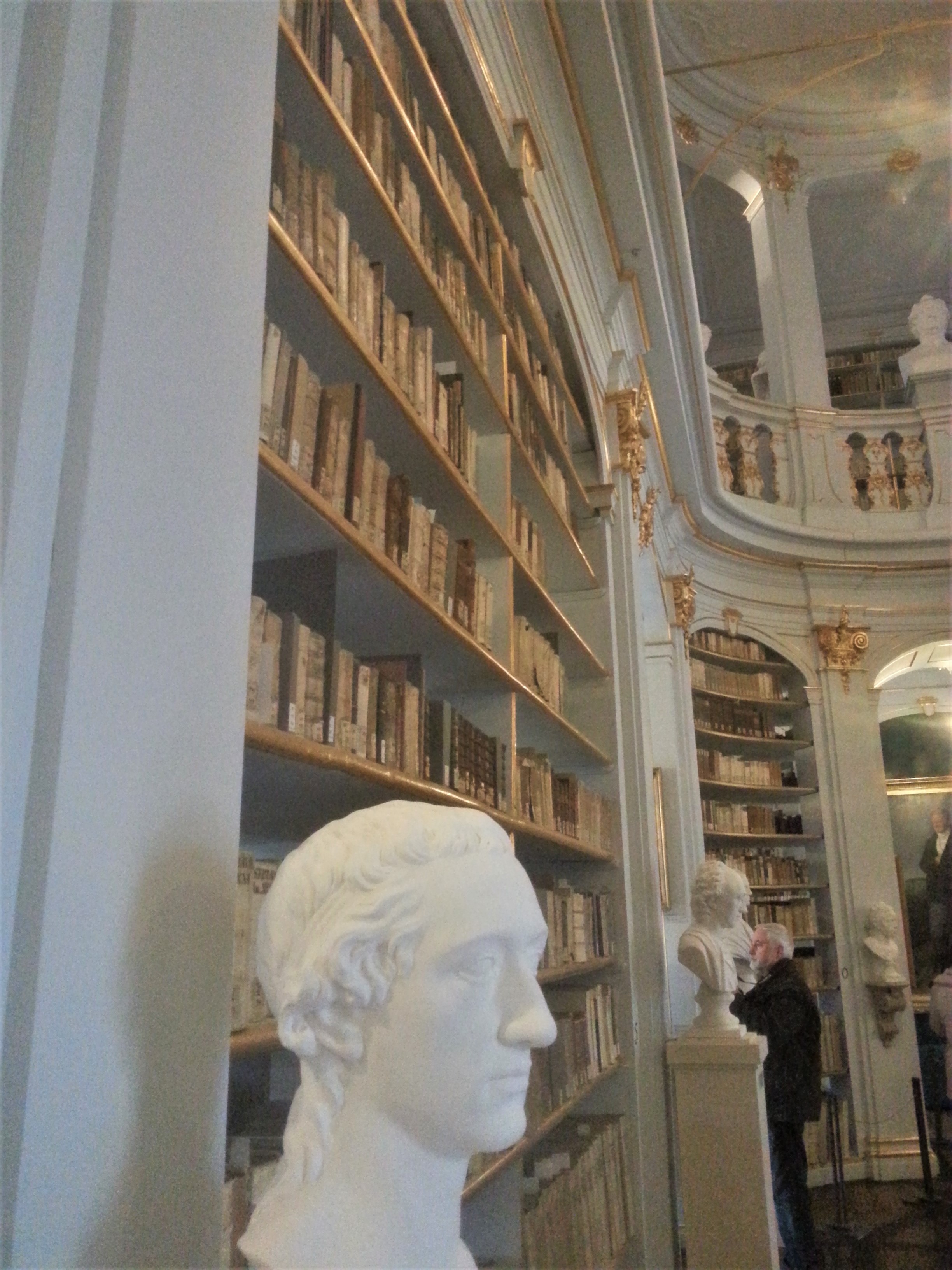







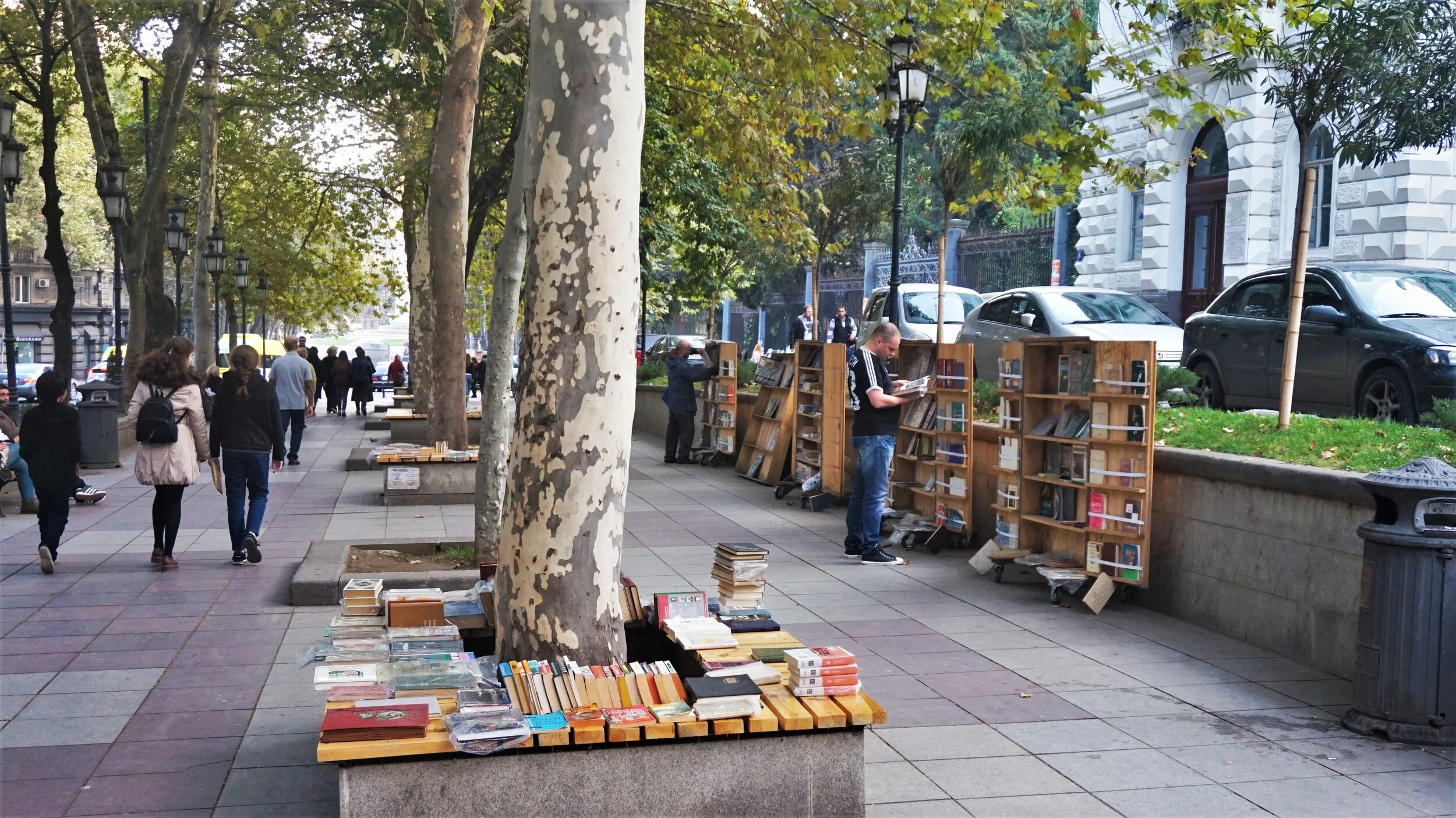


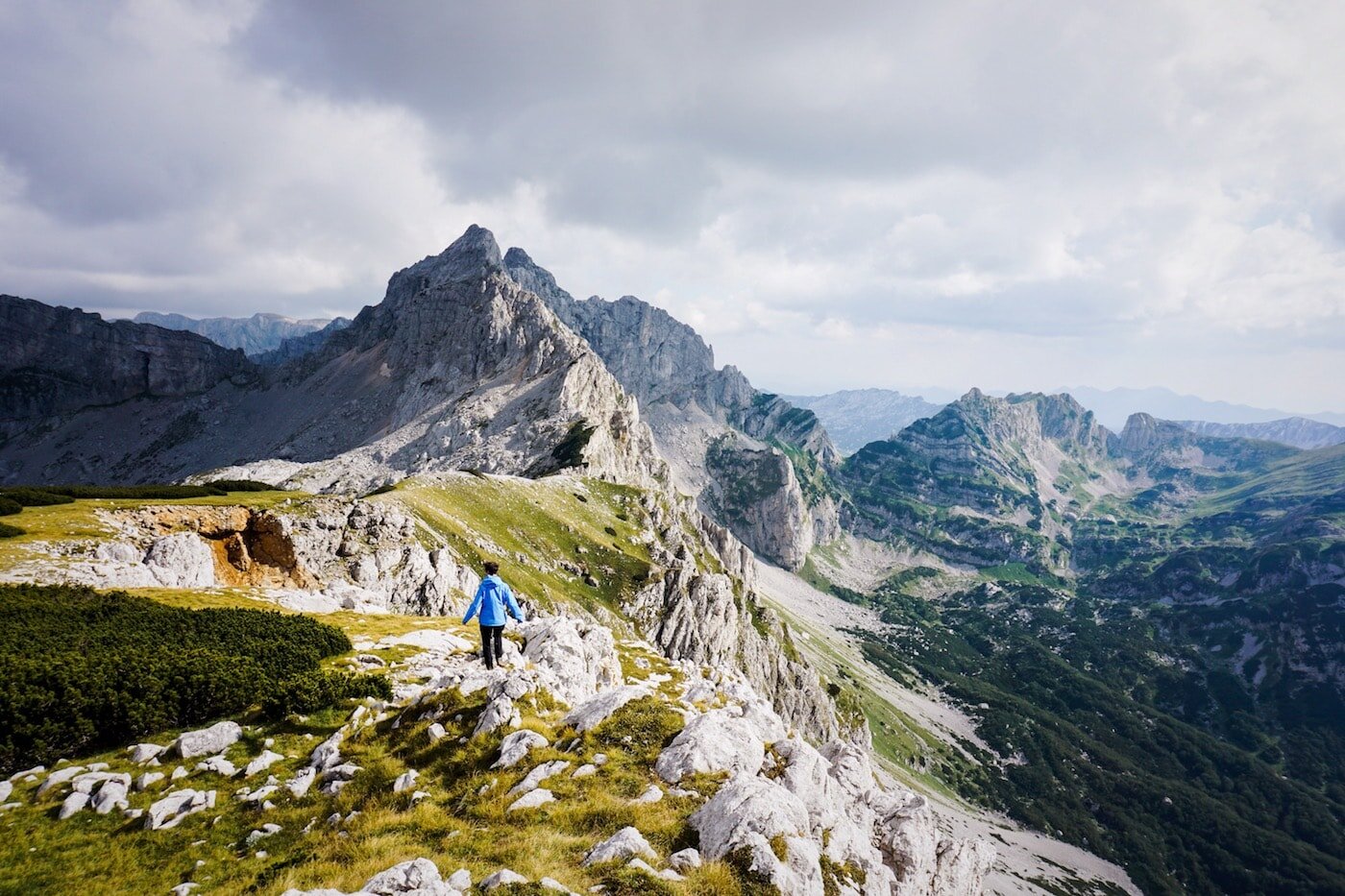










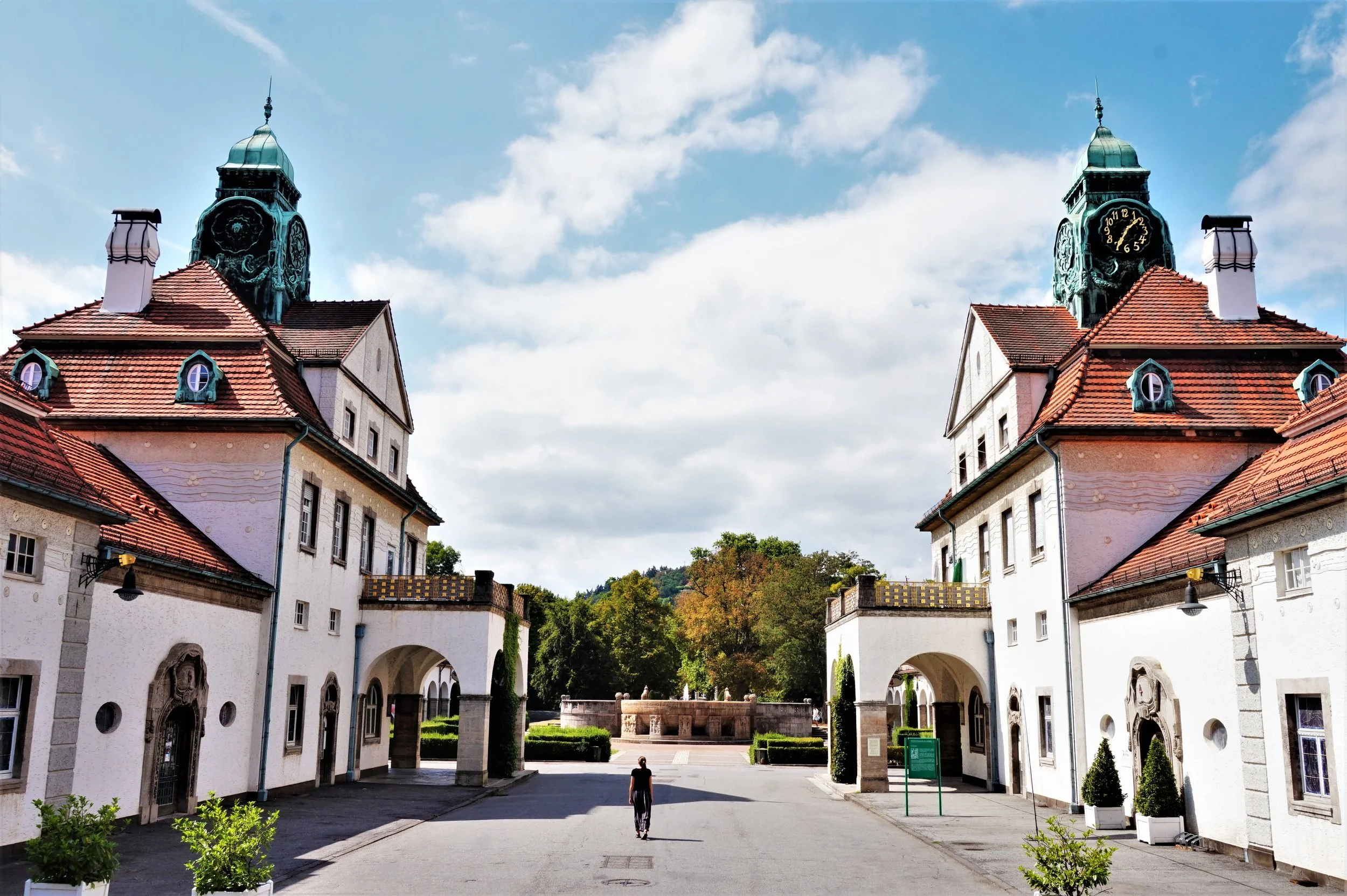












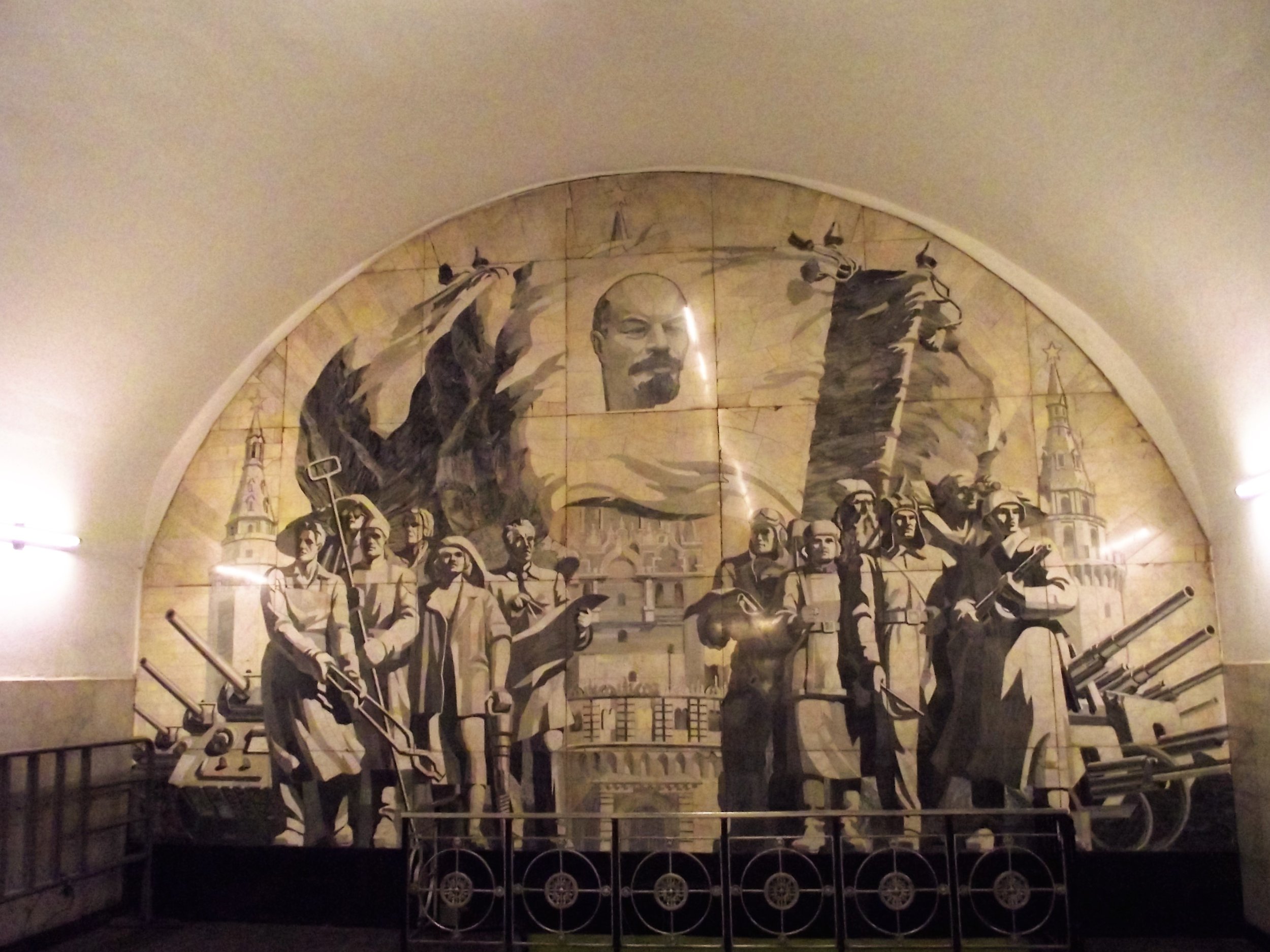
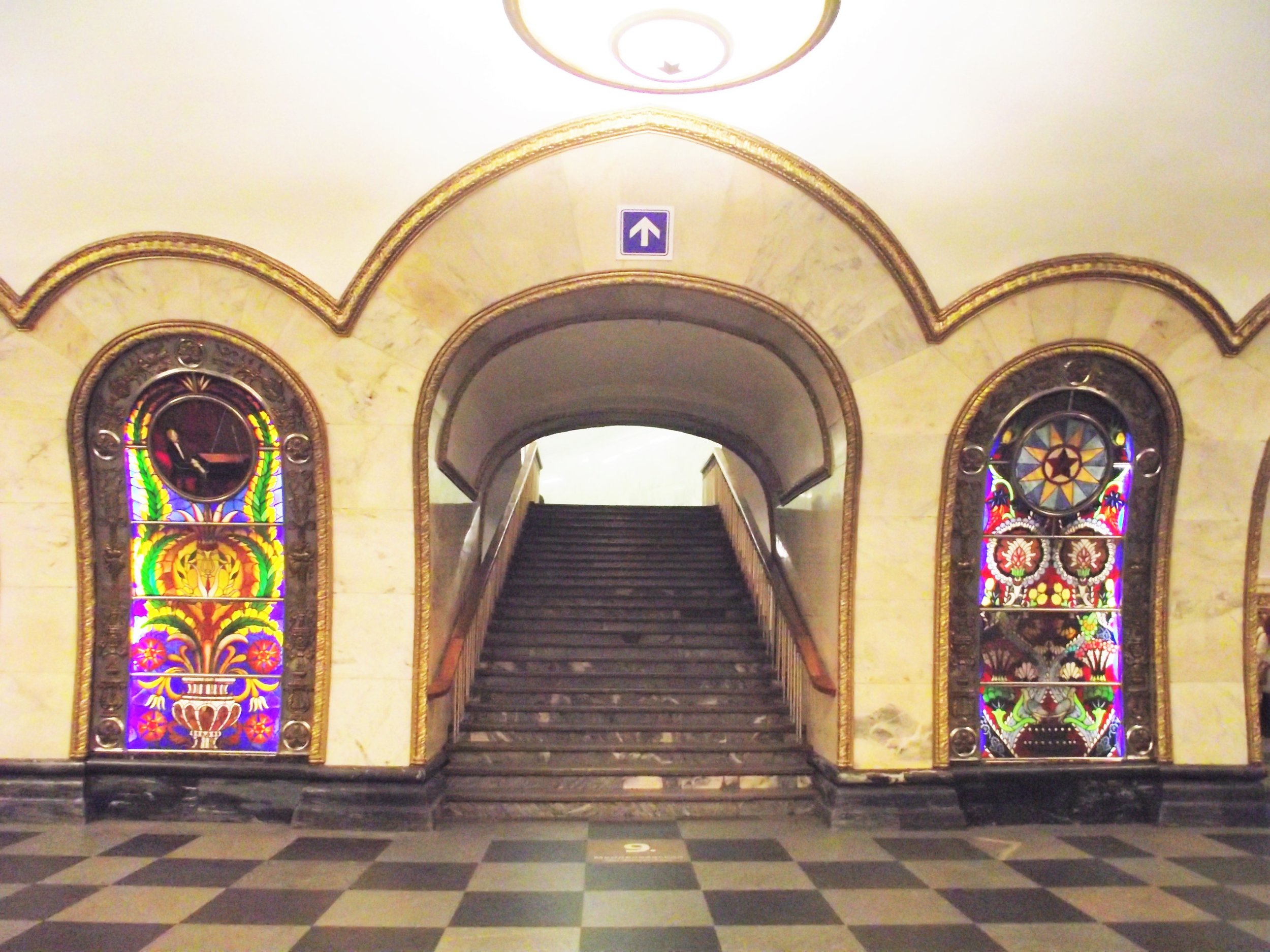



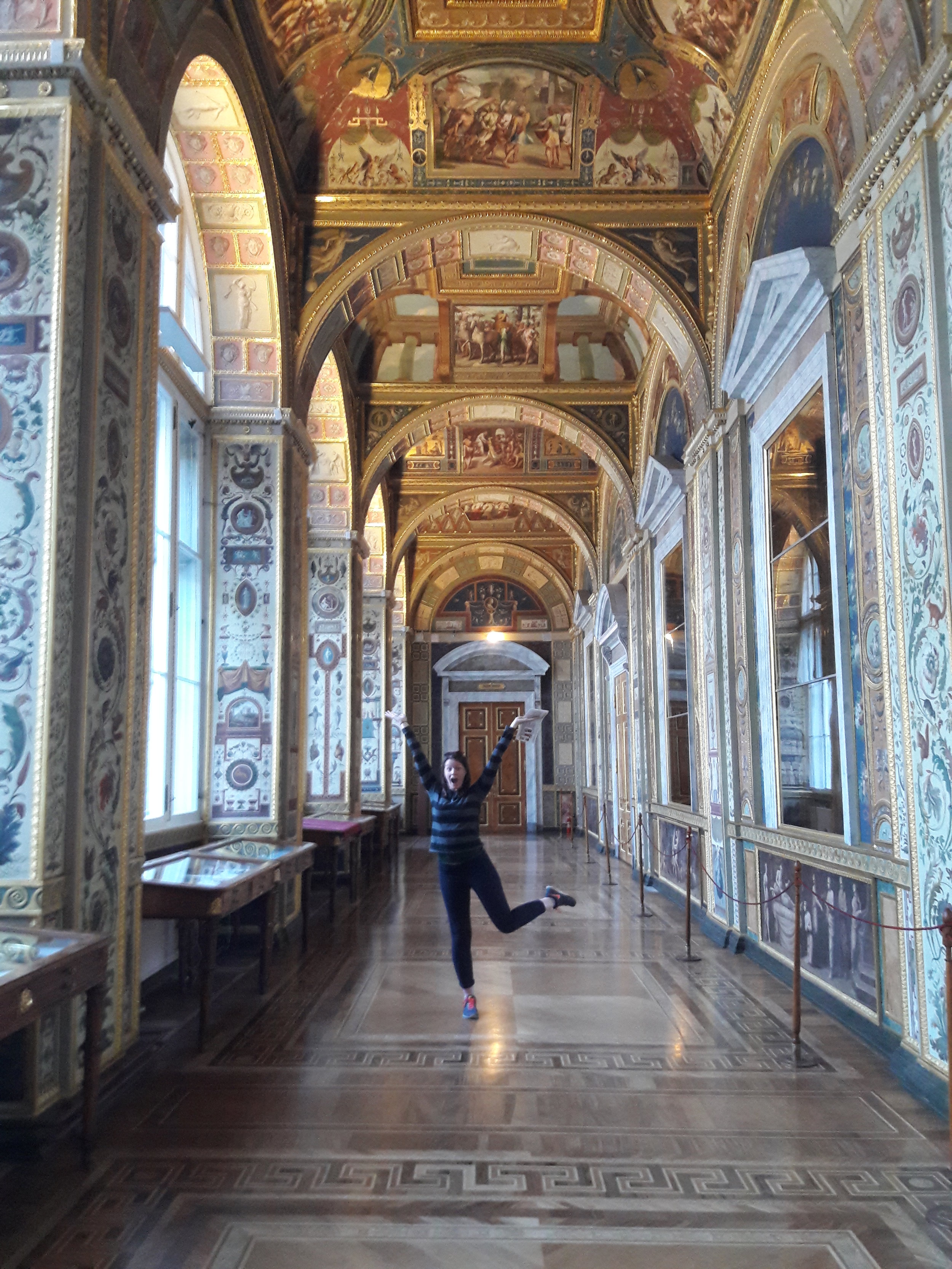




All the info you need for a Cape Reinga road trip. Whether you're driving from Auckland to Cape Reinga or spending longer in Northland this guide has everything you need to know about visiting Cape Reinga.